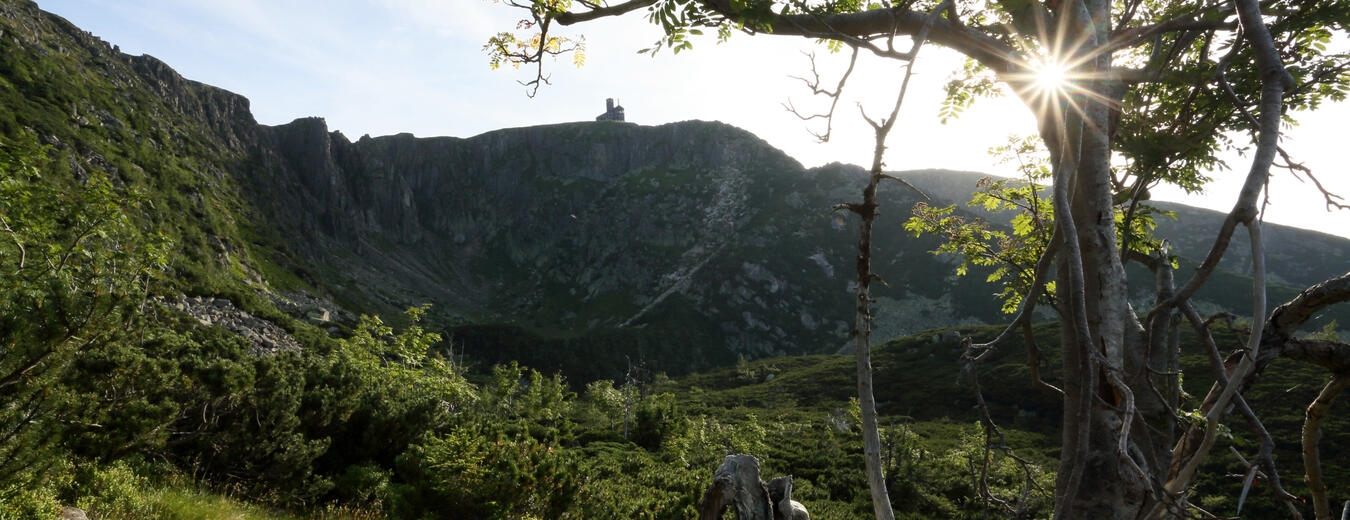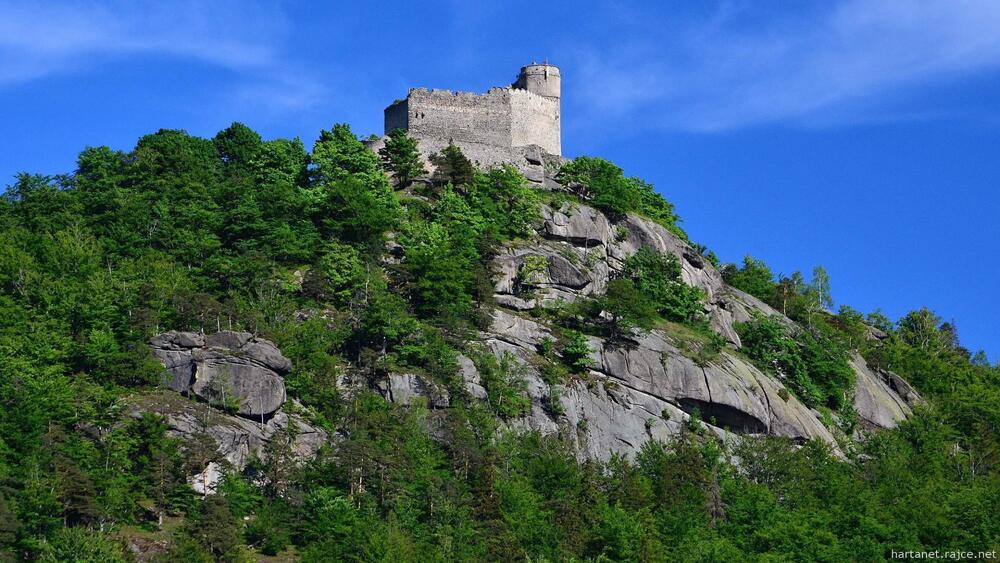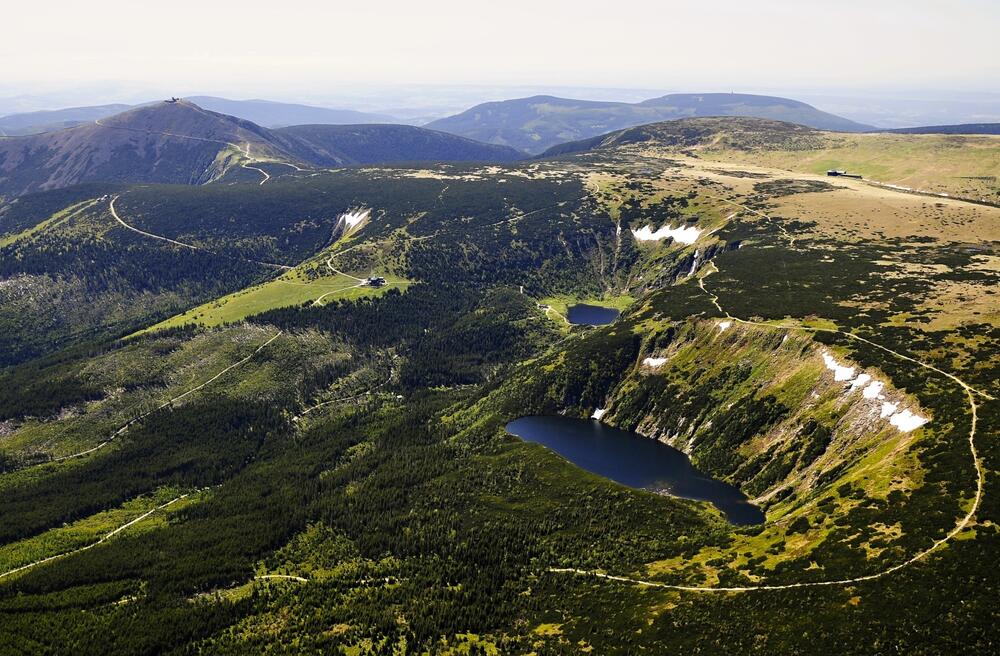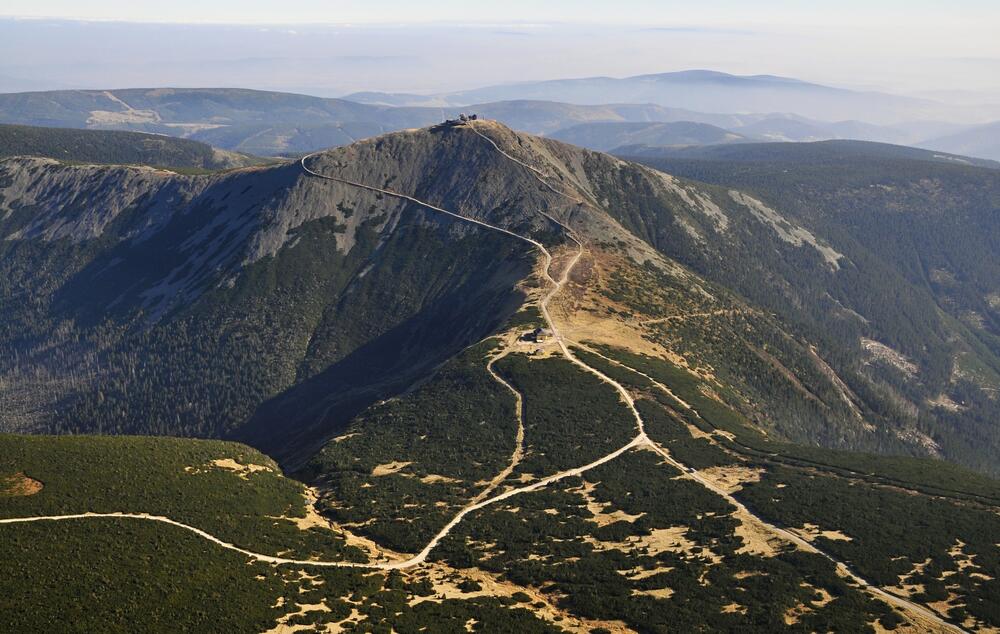Miniature Park – Lower Silesian National Heritage in Kowary
The Lower Silesian Miniature Park in Kowary is located on the site of a former carpet factory. The Park features miniature models of 40 Lower Silesian architectural monuments, such as churches, monasteries, castles and chateaux, all of which are at a scale of 1:25. Each miniature has a caption giving the history of the monument. The models are located in the open air thanks to the use of the latest technologies and materials which can withstand weather effects. The entrance fee can be paid in CZK, too, depending on the current exchange rate between the Czech and Polish currencies.
Group guides – free admission
Persons under 1 m in height – free admission
Parking, toilets, guides and photographs are free of charge.
Tours in Polish, Czech, English, German and Russian are available.
Link to mapy.cz: Miniature Park
Miniature Park
Zamkowa 9
58-530 Kowary
tel. +48 75 75 222 42
poczta@park-miniatur.com
http://www.park-miniatur.com
Toy Museum in Karpacz
Everywhere the Wroclaw Pantomime Theatre gave performances, its founder and long-term director, Henryk Tomaszewski, used to buy toys. Henryk Tomaszewski was not an ordinary collector, and neither is the museum which he founded in 1995 in Karpacz an ordinary museum. The dolls are housed in showcases designed as styled burgher houses. You can see a town of dolls, its streets full of shops and cafes, stroll by the theatre, bakery, pharmacy.
Link to mapy.cz: Toy Museum
Referát propagace města v Karpaczi
ul. Konstytucji 3 Maja 25
58-540 Karpacz
tel./fax 0757619716, tel. 0757618605
it@karpacz.eu
http://www.karpacz.pl/cs/atrakcje/muzeum-hra-ek
Municipal Museum – The House of Gerhart Hauptmann
This museum in the village of Jagniatkow is located in Villa Wiesenstein, where Gerhart Hauptmann, a well-known German writer and a Nobel Prize winner, lived from 1901 until his death in 1946. The Neo-Renaissance house was built by Hans Griesebach, an architect from Berlin. The villa is situated on a granite rock and surrounded by a nature park 1.6 hectares in size. The villa was built with the idea of providing the owners with a view of the Krkonose ridges.
From Gerhart Hauptmann’s death until 1997, the house was used for children’s convalescence and holiday stays. After 1989, an agreement was concluded between the German Chancellor, Helmut Kohl, and the Polish Prime Minister, Tadeusz Mazowiecki, which laid out a plan to use the villa for museum purposes. A museum was established which focuses on the cultural heritage of the Lower Silesian region, emphasising the significance and work of the writer Gerhart Hauptmann.
Link to mapy.cz: The House of Gerhart Hauptmann
Residential Tower in Siedlecin
This building is one of the most well preserved towers of its type in Central Europe. Its construction most probably started at the time of Duke Henry I. of Jawor in 1313–1314, who probably also donated the exceptional mural paintings in the great Knights Hall on the 2nd floor.
The murals were uncovered in 1880. What makes them remarkable is that they depict profane themes which very rarely appear in temporary iconography. Art historians have long discussed the contents of the murals. The most likely explanation is that the Knights Hall is decorated with scenes from the story about the most important of the Knights of the Round Table, Sir Lancelot du Lac. The murals were created using the ‘al secco’ method, where the painting is made in a dry plaster, a method typical for Transalpine regions in the High Mediaeval Ages. The polychrome paintings in Siedlecin are the only mediaeval cycle of paintings in Europe, representing the story of a Knight of the Round Table, Sir Lancelot du Lac. The artist may have come from northern Switzerland.
Link to mapy.cz: Residential Tower in Siedlecin
Wieża w Siedlęcinie
ul. Długa 21, Siedlęcin
PL 58-508 Jelenia Góra
Tel. +48 75 7137597
siedlecin@zamekchudow.pl
http://www.siedlecin.zamekchudow.pl






